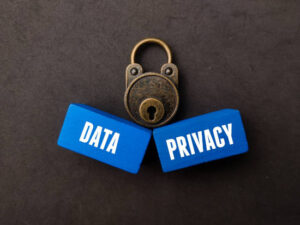Ah, data. In an age of headlines dominated by artificial intelligence, it’s easy to picture the world of data as an incomprehensible explosion of zeros and ones, stretching into infinity à la The Matrix.
Thankfully for nonprofits, data is a lot more exciting and mindful than that dystopian vision.
We’re particularly fond of the definition provided by Cambridge Dictionary:
data (noun): “information, especially facts or numbers, collected to be examined and considered and used to help decision-making, or information in an electronic form that can be stored and used by a computer”
This cuts to the heart of the matter: Data must be useful to your nonprofit. But that feat is easier said than done, so let’s get to it!
How do nonprofits use data?
Nonprofits use data to help them design and implement projects, share information with donors and volunteers, and raise funds. Data allows nonprofits to track progress over time and see which programs are working — or not. By understanding the impact of their efforts, nonprofits can better allocate resources and maximize their potential for making a difference.
Data can also be used to measure success and communicate it to stakeholders.
There are two main types of data: Quantitative and quantitative. And you’ll likely want to use both.
Continue Reading At:




